At the beginning of our trip, while our eyes and memory were virgin of pictures of savannah and its fauna, A South-African, met on the Waterberg plateau in Namibia praised us the beauty and the high concentration of animals clustered in the Hluhluwe-iMfolozi park ( Zulu word pronounced Chluchluwi – Imfolozi). This name engraved on our log book and here we are now.
a few minutes after crossing the automatic barrier, several engine-stopped jeeps are crammed in the middle of the road. We switch off the engine and without seeing the scene, we recognize a characteristic sly cry. A lion is not far but about ten cunning hyenas succeeded in pinching a chunk of an antelope's carcass the predator had hunted. A laugh to flout it.
the bush sways. 2 hyenas appear, the loot in the mouth. Not at all disturbed by the human flock pressed against the protective guardrail of the jeeps, the 2 protagonists followed by some greedy and opportunistic fellow members cross the road before putting down the bloody carcass on the tarmac. One of females will finally have the last word and move away at the edge of road to enjoy its meal by dint of dreadful noises. Cracking sounds provided by a frighteningly powerful jaw.




After this morning firework, the day will be more dull despite the constant pleasure to watch every bush and every branch in the hope of flushing out the presence of an animal.



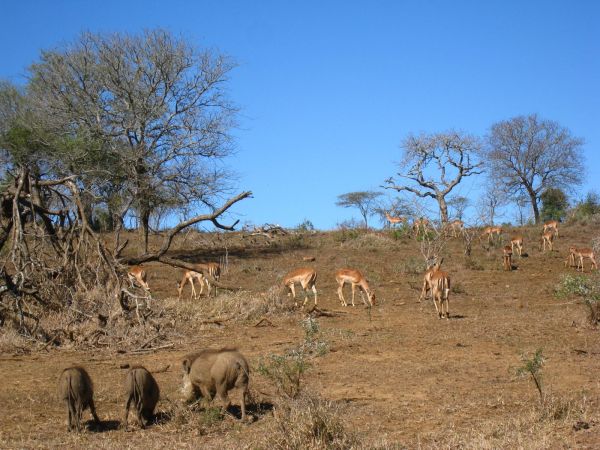





















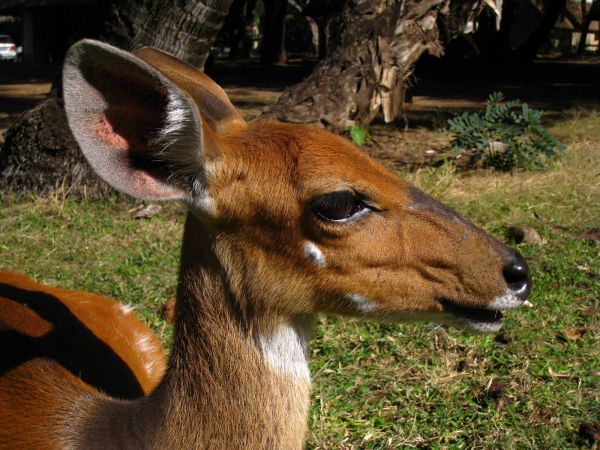


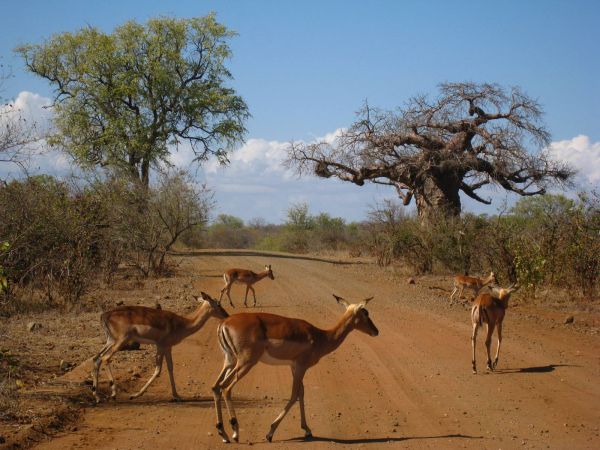












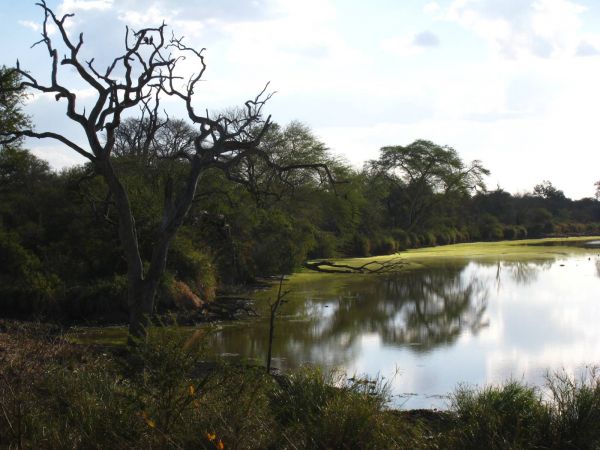

























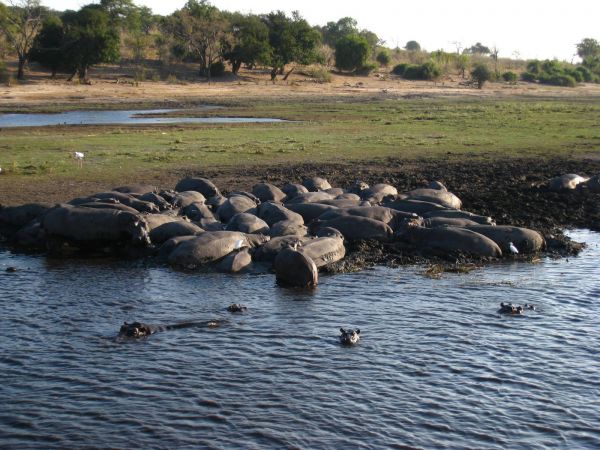







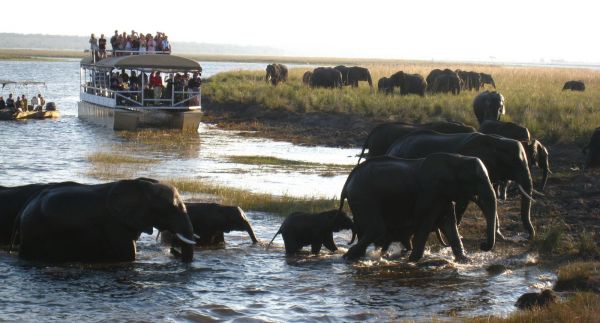















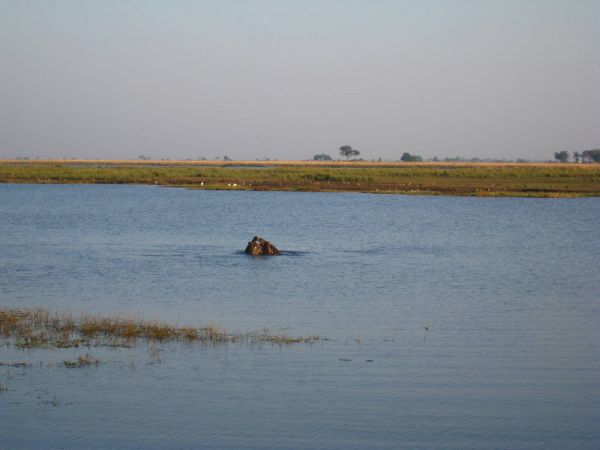

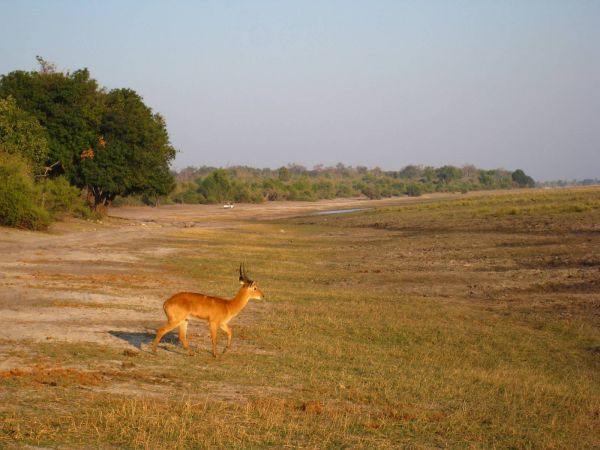







 visits
visits